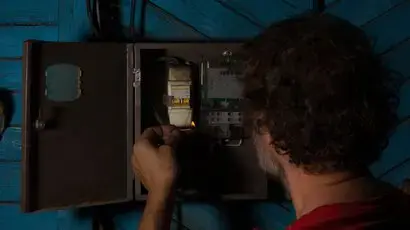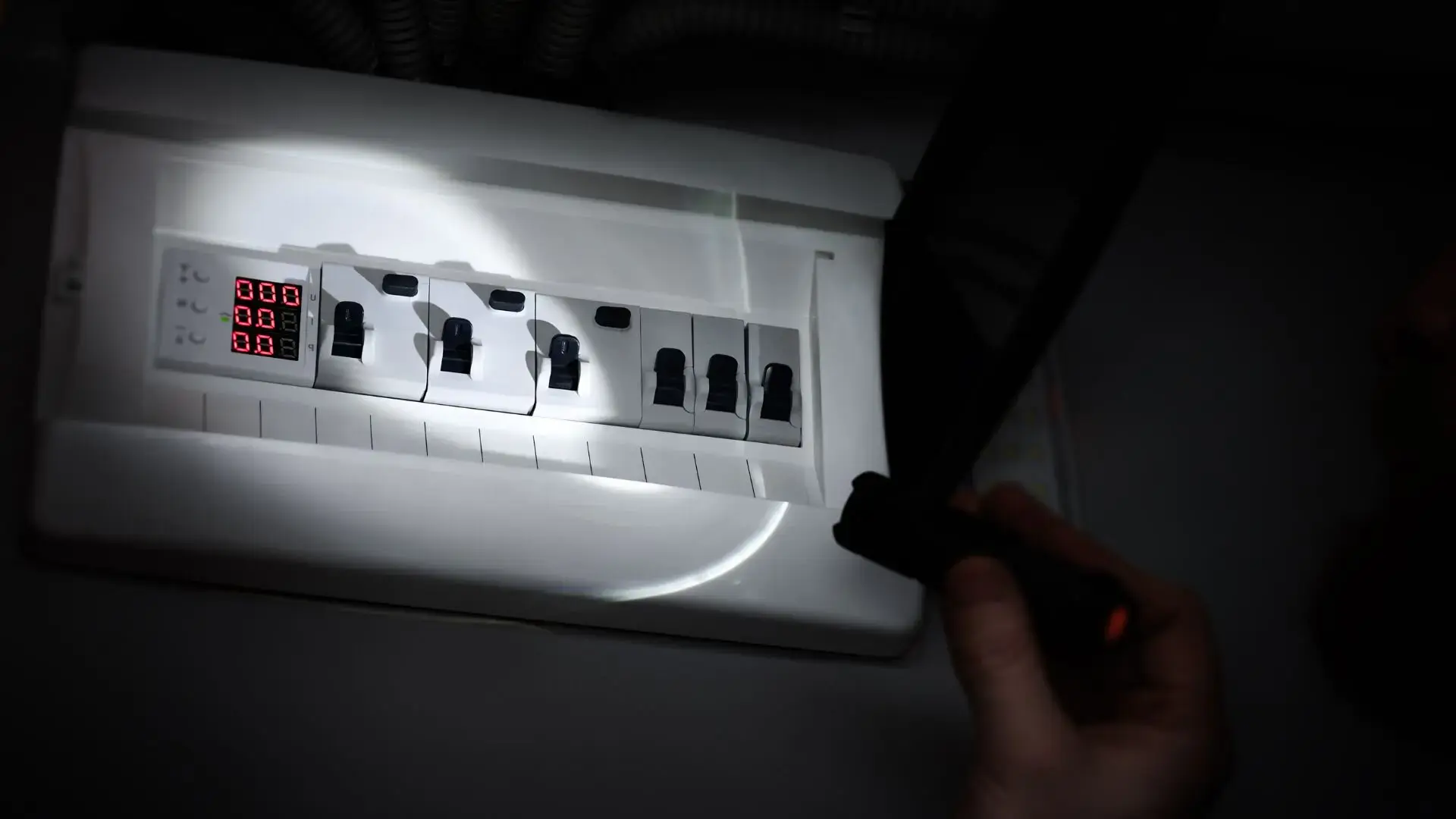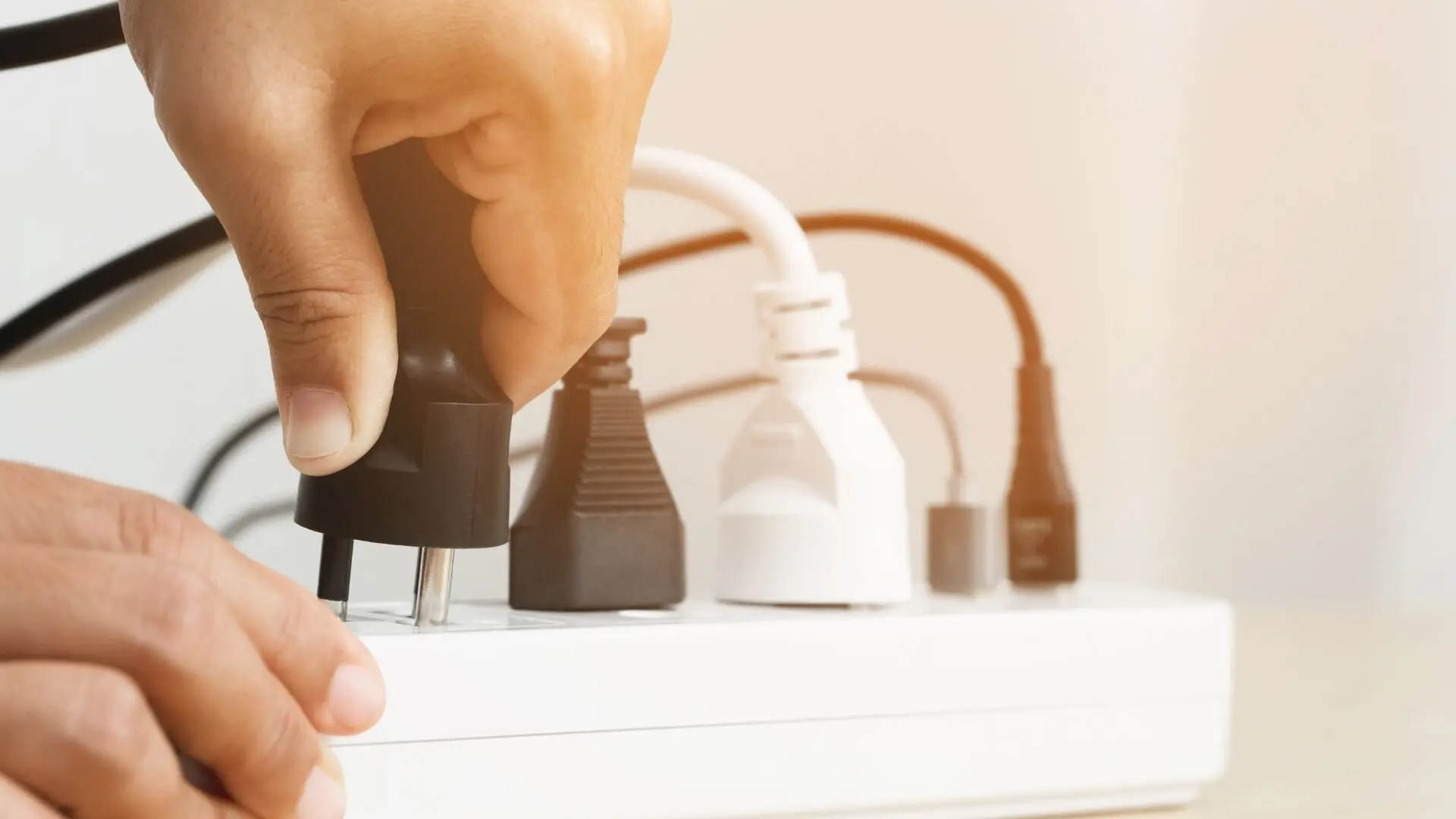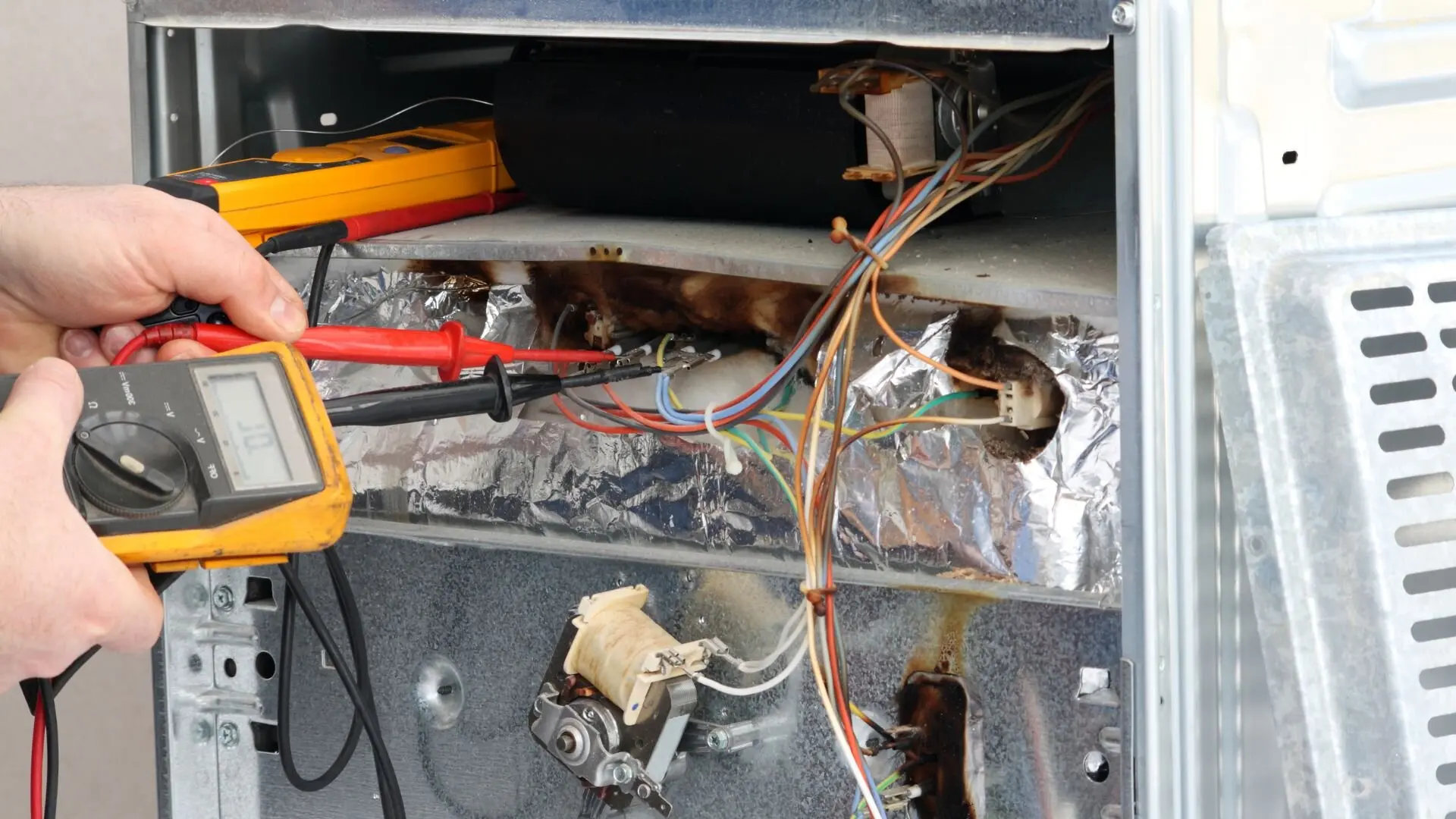
Get your free Melbourne Electrician quote today!
Our team of Melbourne Electricians is here to help you with any questions or concerns you may have. We’re committed to providing you with the best possible service and support.
Blackouts and brownouts can be disruptive, but the bigger threat to your electronics might be the power surge when things get back online. This guide explains how power outages can damage your devices and what you can do to keep them safe. You’ll also discover why surge protectors are essential and how to choose the right one for your needs.
We’ve all been there: you’re right in the zone, watching a movie, meeting a deadline, or catching up with friends online when the lights dim and then...darkness. Power outages are a nuisance, for sure. But beyond the immediate inconvenience, they can also cause a jolt of worry for our precious electronics.
In this blog, we’re diving into what power outages actually do to your gadgets and appliances. We’ll look at the risks they bring and, more importantly, give you practical tips to keep your devices safe. Surprisingly, it’s not the loss of power that’s the real threat, but those unexpected voltage spikes – the infamous power surges. We’ll break down how these surges occur and share how to defend your electronics from potential harm.
It’s the Surge, Not the Blackout, You Should Fear
Flickering lights, then darkness. The dreaded power outage plunges your home into an unsettling gloom. But before you panic about your electronics, here’s a surprising truth: the outage itself usually poses minimal risk. The real culprit behind fried circuits and data loss is the power surge that can happen when the electricity returns.
Let’s dispel the myth.
A simple power outage – a temporary loss of electricity – doesn’t inherently damage electronics. Modern devices are designed to handle short interruptions.
The real danger comes from power surges. These voltage spikes hit when the power kicks back in, sending a sudden burst of electricity down the lines. It’s like a tiny lightning strike that can overwhelm your devices and cause lasting damage.
Power surges come in varying intensities. Small surges might go unnoticed, while larger ones can fry circuits or scramble data on hard drives. The damage’s severity depends on the surge’s strength and the device’s vulnerability.

It’s important to remember that not all electronics are created equal. Delicate equipment like computers and TVs are more susceptible to surges than toasters.
While power surges are the biggest worry, outages also bring minor risks. Appliances with cooling systems, such as fridges or fish tanks, could overheat if left without power for too long. To reduce this risk, try not to open the fridge or freezer unnecessarily; the cold air remains trapped for several hours without needing power.
So, the next time the lights go out, take a deep breath. The outage itself likely won’t harm your electronics. But it’s a timely reminder to invest in surge protectors for your valuable devices. These provide a buffer against the jolts that can occur during power restoration, offering peace of mind and protecting your electronics from the real threat during an outage.
Protecting Your Electronics During Outages
Power outages can be frustrating, leaving us fumbling in the dark, but they also pose a risk to our valuable electronics. Here’s a step-by-step approach to keep your devices safe:

1. Surge Protectors: Frontline Defence
Surge protectors act as shields, absorbing and diverting harmful voltage spikes that can fry circuits. Look for high-quality protectors with joule ratings matching your equipment’s needs. A higher joule rating signifies better surge absorption capacity.
2. Uninterruptible Power Supply (UPS): Complete Guardian
For ultimate protection, consider a UPS. It’s like a surge protector with a built-in battery. During an outage,
the UPS seamlessly switches to battery power
, giving you time to safely shut down critical electronics like computers and prevent data loss.
3. Power Down and Unplug: Simple Precaution
If you anticipate an outage (like a thunderstorm), power down your electronics and unplug them from the wall. This is a free and easy way to minimise surge risks, especially for less critical devices.
4. Safe Shutdown Procedures: A Moment’s Patience
While unplugging is effective, remember to properly shut down computers and other devices before cutting power. This ensures data integrity and prevents potential damage caused by an abrupt power loss.
Additional Considerations

Modern electronics generally consume very little power in standby mode, so leaving them plugged in during an outage isn’t usually a big deal. In fact, frequently switching them on and off can be more taxing than just keeping them on standby.
Still, it’s wise to unplug costly electronics like TVs and computers during storms. This step protects them from potential surges that can hit when the power returns. Using surge protectors adds an extra layer of security against these voltage jumps.
Power Outages? Don’t Let the Surge Take a Bite Out of Your Electronics!
Power outages can fry electronics in two ways. The surge when power returns can be like a mini-lightning strike, while fluctuations can confuse delicate circuits. Luckily,
surge protectors and proper shutdowns can help safeguard your devices.
Don’t leave your electronics to chance! Please take action today and safeguard them from power outage damage.
WP Electrical
offers expert advice and can install surge protectors to fortify
your defences during power outages. We also
specialise in LED lighting solutions
and a range of other electrical services.
Contact WP Electrical for a personalised consultation
to improve your home’s overall electrical safety and peace of mind.
